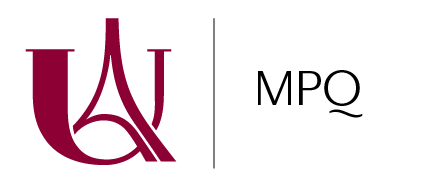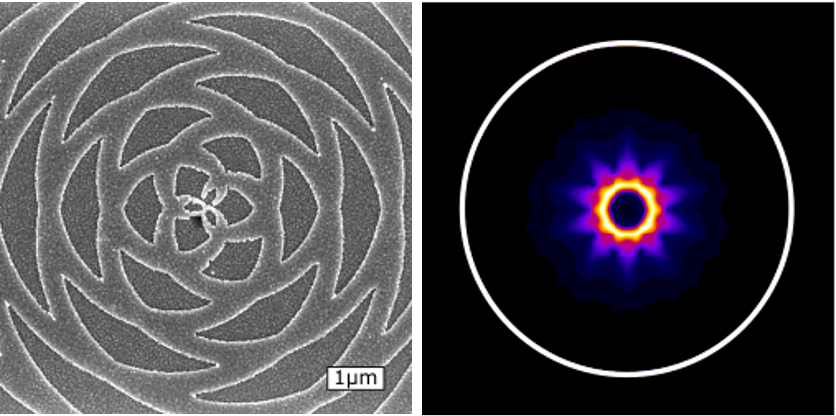
An experimental meta-surface to generate intefering vortices (left) and the resulting light beam when hybridized with luminescent nano-crystals (right) [1].
Laboratoire: MPQ (Matériaux et Phénomènes Quantiques), Université Paris Cité & CNRS
Adresse: Bâtiment Condorcet – 10 Rue A. Domon et L. Duquet – 75013 Paris
Directeur de stage/thèse: Aloyse Degiron
Tel: 0157276226
e-mail: aloyse.degiron [at] u-paris.fr
Scientific project:
The past few years have witnessed impressive developments in optical sources capable of emitting light with non-trivial phase and/or polarization patterns, such as optical vortices, vector beams or Airy beams. These structured beams are of interest in many scientific fields ranging from sub-diffraction imaging techniques (Nobel Prize 2014) to optical tweezers (Nobel Prize in 2018). Because structured beams are carved by carefully tailored interferences, their construction requires light possessing a high degree of coherence—typically light produced by a laser.
One research direction pursued by our team is to achieve the same feat with sources of non-lasing light. Non-lasing light (e.g. light from the sun, from LEDs, from burning candles…) lacks of the coherence properties of lasers, meaning that it is not in principle possible to shape all the emitted photons into a single beam—let alone a complex beam such as an optical vortex in which light spirals around a central phase singularity. Our strategy to overcome this fundamental limit is to hybridize a luminescent medium (made of colloidal nanocrystals) with a structured pattern (i.e. a “metasurface”). Rather than emitting random photons in free space, the luminescent medium will emit light with properties dictated by the metasurface. We have already validated these ideas for optical vortices and beams with azimutal polarization [1,2]. The goal of this internship is to generalize these results to vortex knots and vortex links, which are beams with dark phase singularities that form non-trivial topologies such as interlaced or knotted loops [3,4]. The work will include calculations, cleanroom fabrication and optical characterization, with the help of a PhD student of the team.
.
[1] D. Schanne, S. Suffit, P. Filloux, E. Lhuillier, and A. Degiron, Phys. Rev. Appl. 14, 064077 (2020).
[2] A. Caillas, S. Suffit, P. Filloux, E. Lhuillier, and A. Degiron, Nano Lett. 22, 2155 (2022).
[3] J. Leach, M.R. Dennis, J. Courtial, M.J. Padgett, Nature 432, 165 (2004).
[4] M.R. Dennis, R.P. King, B. Jack, K. O’Holleran, M.J. Padgett, Nature Phys. 6 (2010).
Methods and techniques: Singular light, knot theory, nano-optics
Possibility to go on with a PhD: YES
Envisaged fellowship: EU funding, ANR (pending funding), Doctoral school
À lire aussi
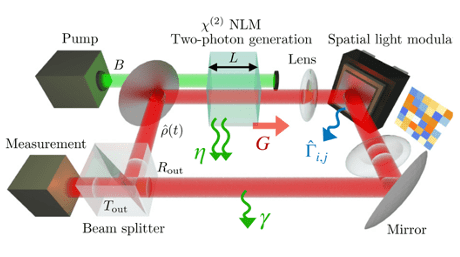
Equilibre émergent dans les machines d’Ising tout-optiques à trajectoires quantiques uniques
Une collaboration entre l’équipe Théorie de MPQ, le CREF de Rome et l’Université La Sapienza a montré que des systèmes optiques multimodes, excités par des processus à deux photons, peuvent atteindre un équilibre thermique au niveau des trajectoires quantiques...
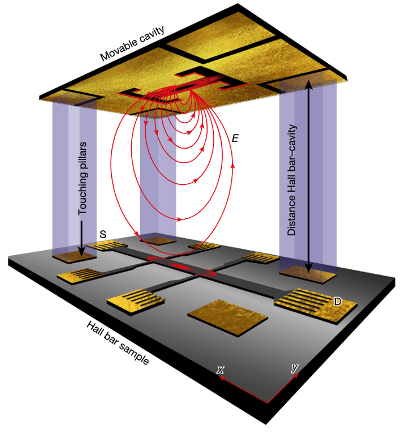
Cavity-enhanced fractional quantum Hall phases and cavity-modified spin splittings
Une collaboration entre l’Équipe Théorie de MPQ, l’ETH Zurich et le Flatiron Institute a démontré, à la fois théoriquement et expérimentalement, que les champs du vide géants confinés dans une cavité peuvent profondément modifier les interactions électron-électron...
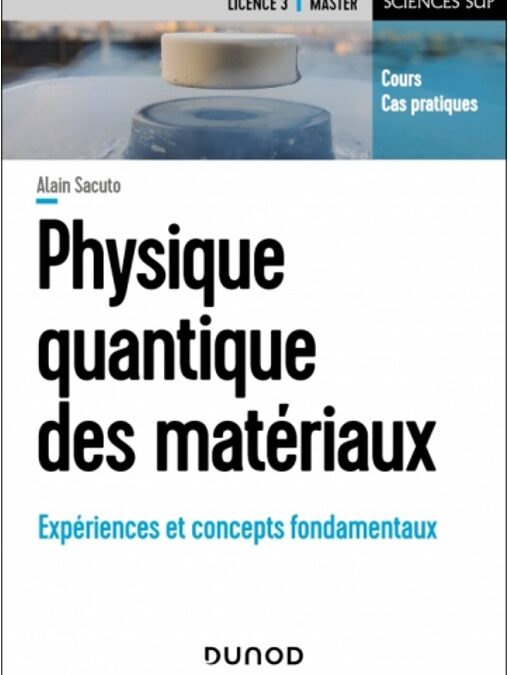
Parution du livre “Physique quantique des matériaux ” par Alain Sacuto
Alain Sacuto (équipe SQUAP) publie aux éditions Dunod son livre sur la Physique quantique des matériaux, fruit de nombreuses années d’enseignement à l’Université Paris Cité. La physique quantique des matériaux est au cœur des développements technologiques les plus...
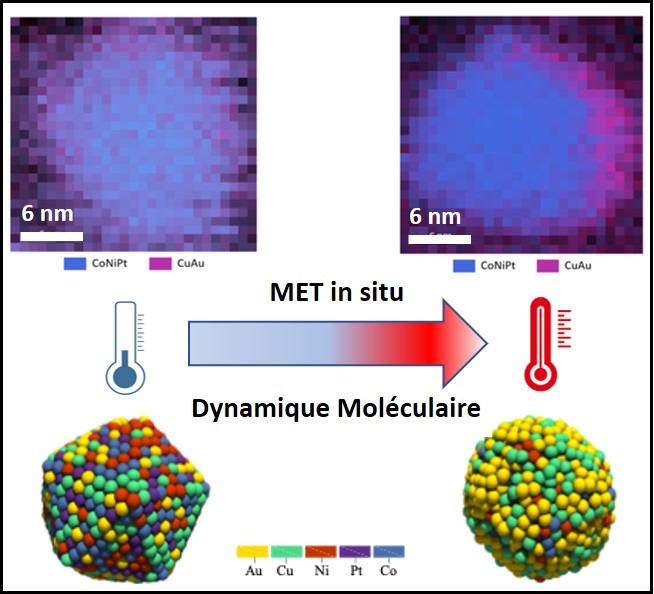
Stabilité thermique des nanoalliages à haute entropie : réalité ou chimère ?
En étudiant à l’échelle atomique le comportement thermique de nanoparticules composées d’or, de cobalt, de cuivre, de nickel et de platine, des scientifiques ont révélé que la stabilité de ces nanoalliages dits à haute entropie est beaucoup plus faible qu’espérée, car...
